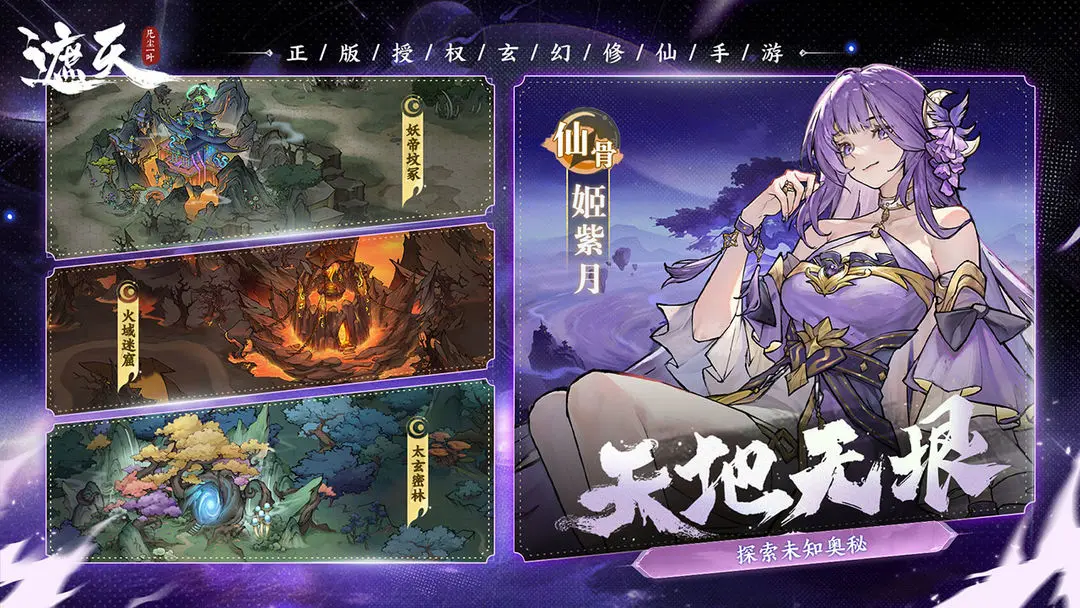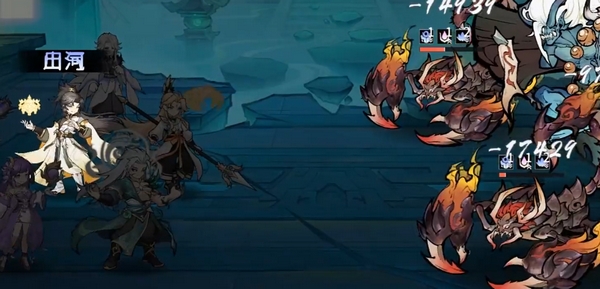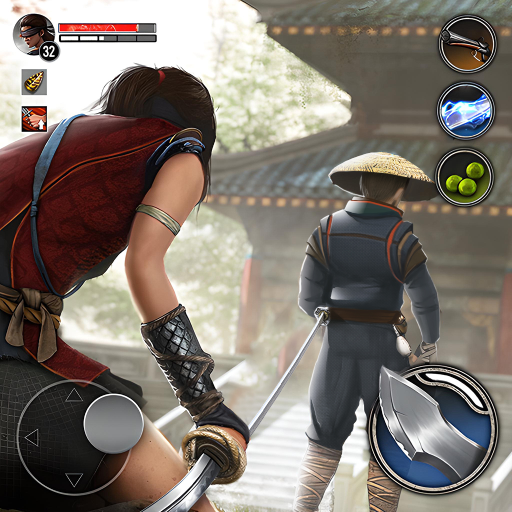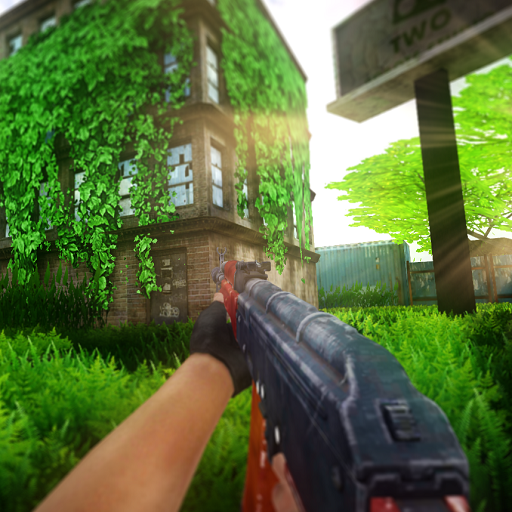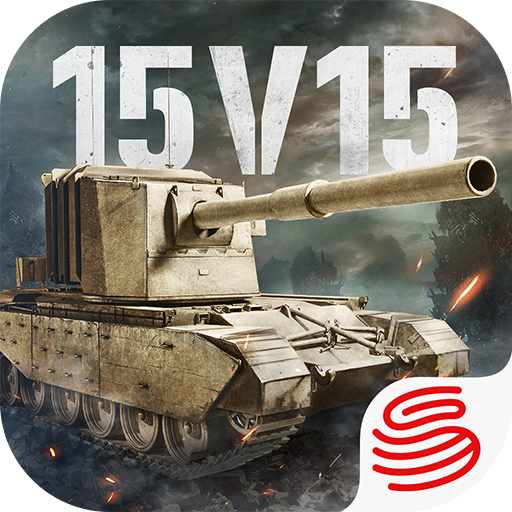Today, I will introduce the sniper gameplay in Goose Goose Duck. The design of the sniper role creates a unique dimension for strategic games. As the only profession in the good camp with the ability to make precise long-range attacks, its core mechanism is deeply tied to the information support provided by the investigator, forming a tactical loop of information acquisition and targeted sniping. When playing as the sniper, players need to dynamically plan their movement routes in the complex terrain of the map, relying on the regional clues fed back by the investigator's scans, and complete target identification and timing control within a limited field of view. Let's take a closer look.

In the game, the sniper can be considered the natural enemy of the owl, being the only character with the authority to shoot owls. Working closely with the investigator, using the key clues provided by the investigator, accurately locating and successfully killing the owl is the sniper's core objective. This role positioning means that during the game, the sniper must have keen observational skills, not missing any suspicious signs, and also work in默契配合 with the investigator to build an efficient search network. The sniper has a unique aiming mode; when this mode is activated, the character pauses movement, allowing the player to control the crosshair and carefully search for the owl's tracks within the field of view. The use of this skill requires patience and caution, choosing a safe and less likely to be disturbed position as much as possible.
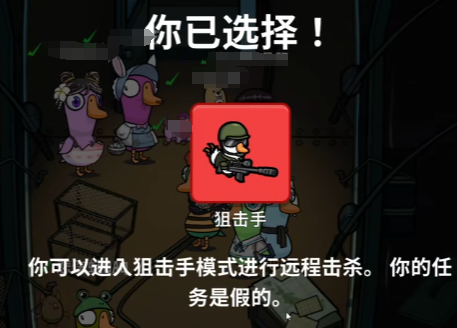
Shooting is a critical operation for the sniper, but it must never be done carelessly. If a non-owl character is mistakenly killed, not only will the owl gain task rewards, accelerating their path to victory, but it will also expose your location on the map to the opposing team, putting you in extreme danger. Therefore, before deciding to shoot, it is essential to confirm the target's identity based on clear instructions from the investigator. When the investigator scans an owl, a green circle prompt appears. The sniper should focus on this area, waiting for the target to appear. Once the target's characteristics are clearly identified and confirmed to be the owl, shoot decisively, aiming for a one-hit kill.

In terms of actions, the sniper and the investigator should coordinate with each other. The investigator uses the scanning skill to search for the owl's tracks over a wide area, providing a general direction for the sniper. The sniper then quickly moves to the corresponding area based on the investigator's hints, activates the aiming mode, and conducts a precise search. When the investigator discovers a possible hiding spot for the owl, they can attract the owl's attention nearby, exposing its movements to the sniper, making it easier for the sniper to find the right moment to shoot.
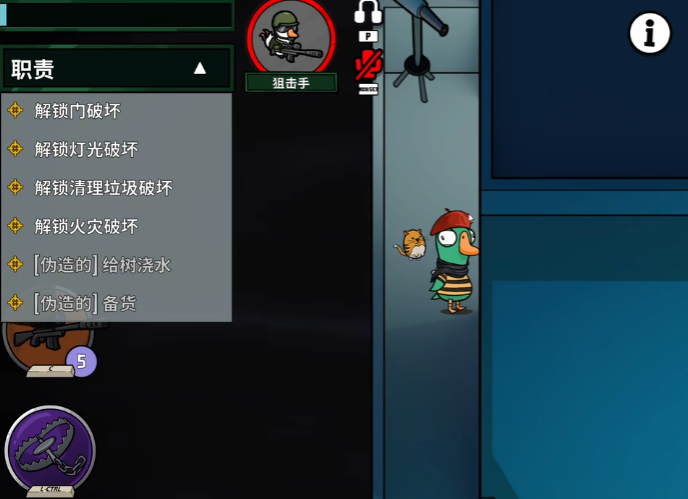
The introduction to the sniper gameplay in Goose Goose Duck is now complete. When the sniper's bullet hits the owl precisely, the sense of accomplishment comes not only from the perfect execution of individual operations but also from the successful implementation of the team's collaborative strategy. This gameplay design, which combines personal micro-operations with macro-strategy at the team level, makes the sniper a core role in the Goose Goose Duck confrontation system, combining technical thresholds and tactical charm.
